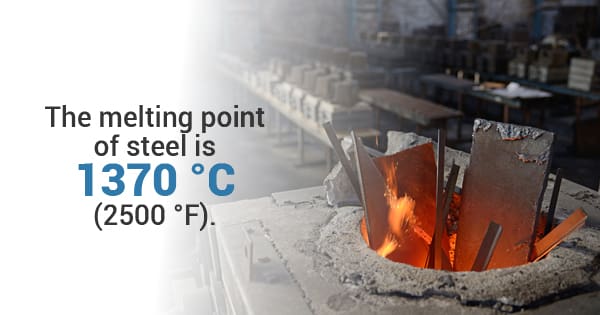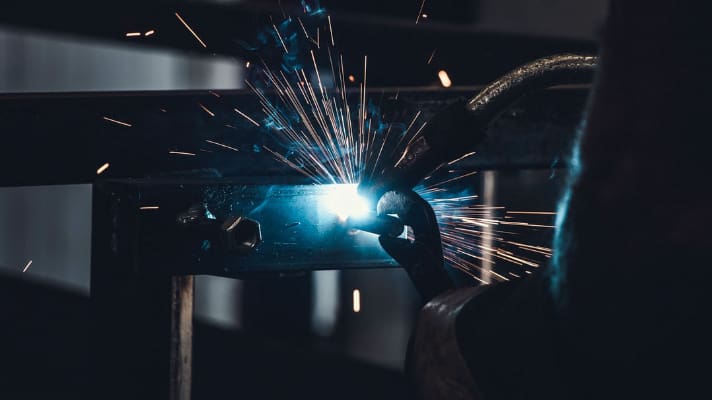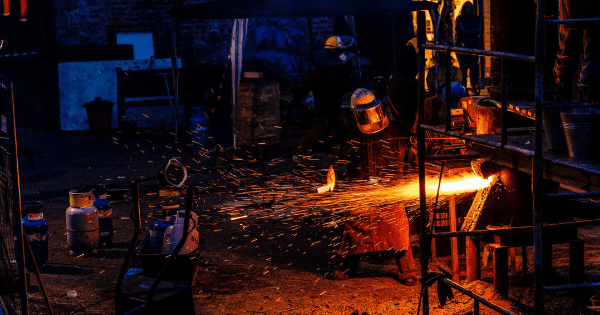5 FAQs About Induction Metal Melting Furnaces
While metal may seem like an unchangeable material, induction metal melting furnaces are made to do just that. Foundries use these furnaces to melt a wide variety of metals, including steel, aluminum, copper, and precious metals. Once melted, the metal is poured into a mold to create a casting, or the final product of solidified metal. There are many things to know about induction furnaces beyond this basic explanation and you can find answers to further questions here.
When it comes to efficient and precise metal melting, induction metal melting is the way to go. With our advanced induction metal melting technology, you can achieve superior results in your melting processes. Our range of induction metal melting furnaces is designed to handle various metals, including copper, aluminum, iron and steel, with ease. The electromagnetic induction principle utilized in our induction metal melting furnaces ensures rapid and uniform heating, resulting in efficient melting and precise temperature control.
- How exactly does an induction furnace melt metal?The key component to an induction metal melting furnace is its coil. This coil is made of a conductive material, such as copper, that serves as a pathway for the heat that will melt the metal. An electrical current flows through the coil, producing a magnetic field in and around the induction coil. As the energy from the coil transfers to the metal inside the crucible, it heats the metal to its desired point. These heating points are extremely hot, as the melting point of steel is 1370 degrees Celsius, or 2500 degrees Fahrenheit.
- What is a coreless induction furnace?A coreless induction furnace is the furnace described above, with the coil as its main feature. In these furnaces, the coil is typically cooled with a cooling system to prevent overheating. These types of induction melting furnaces offer users a high level of control over the metal’s temperature and chemistry as well as even heat distribution.
- How does a channel induction furnace differ?A channel induction furnace is made of a few different parts. There is a refractory lined upper case that houses the molten metal and a lower case that provides the melting or holding power. A throat attaches these two pieces and together they create a transformer in which a molten metal loop receives power from the induction coil. As the loop generates heat and a magnetic field, the metal circulates in the furnace’s upper case. This circulation gives the molten metal a beneficial stirring action that is great for melting or holding various alloys.
An induction metal melting furnace is more powerful than traditional furnaces because of the increased energy a coil can give off. This power makes induction furnaces an essential part of any metal melting process.




